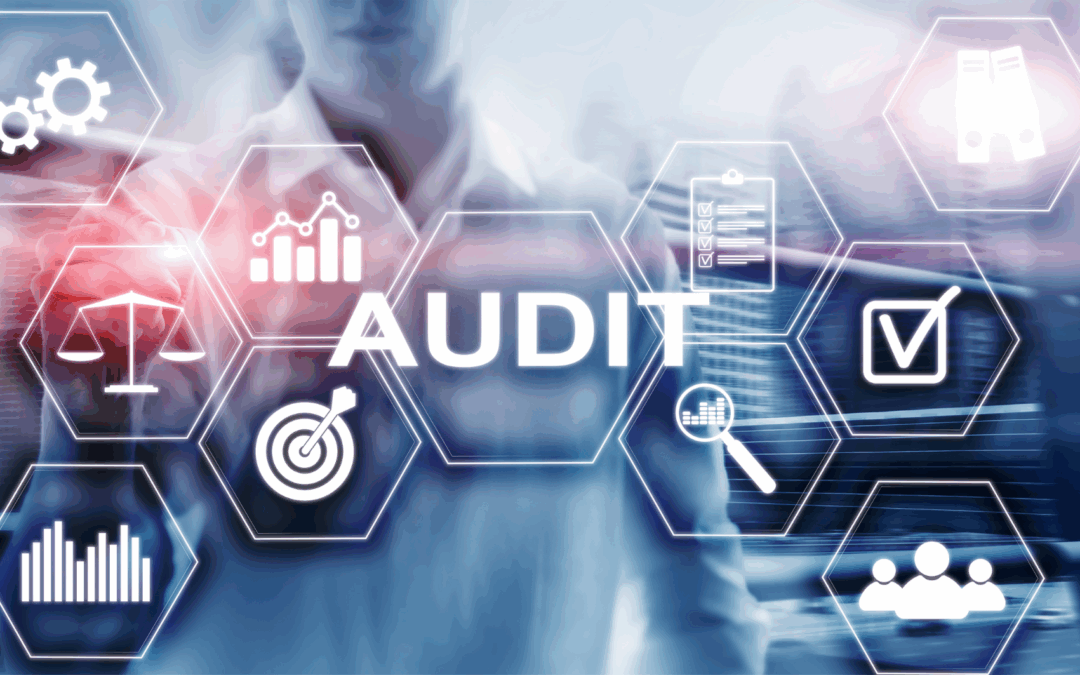The Australian Taxation Office (ATO) is continuing to expand its use of artificial intelligence (AI) to review taxpayer submitted, supporting documents as part of a broader push to “industrialise” AI across the agency by 2030. Recently, it has started trialling new AI models that can analyse not only text but also images, with the aim of improving the way it reviews work-related expense claims.
For some time, the ATO has used AI to help process the large volumes of information it receives. For example, it already uses systems to automatically read and summarise documents provided during audits. These tools are designed to save time for ATO officers by highlighting the most relevant information from lengthy submissions.
Now, the technology is being extended to cover different types of documents, including photos and other images. The goal is to make it easier for ATO officers to check the accuracy of claims and to ensure that supporting documents line up with what has been reported in a tax return.
How the Process Works
The ATO first piloted its document understanding tool in 2021 to help case officers sift through work-related expense claims after a taxpayer is selected for audit. If a tax return is flagged for review, the ATO may ask for supporting information about work-related expenses. On average, an ATO officer might review more than 100 pages of documents for a single case. AI tools help by sorting and prioritising this material, allowing case officers to focus more quickly on what matters.
Importantly, these AI tools do not make final decisions. Once the information is summarised, an ATO officer still reviews the claims and decides the outcome.
Before an audit even takes place, the ATO uses risk models to identify tax returns that may contain unusual claims. For example, if an expense claim looks significantly higher than what is typical for people in similar situations, the system may flag it for a closer look. In most cases, this simply results in a reminder or request for more information.
Looking Ahead
The ATO has set a goal of making AI a core part of its operations by 2030. One of its priorities is to create a clearer picture of each taxpayer’s situation by combining information from different parts of the organisation. Another priority is to detect and prevent fraud. Known as “fraud disruption”, which has a “very high priority” for the government, this reference comes in the wake of revelations that more than $550 million in fraudulent claims were made over the two previous financial years by exploiting loopholes in the government’s digital identity systems.
According to the ATO, the focus is on using AI responsibly to support fairer and more consistent decision-making. “How does the ATO consolidate all these different perspectives of risk for a taxpayer so that everyone coming to the picture will have a consolidated understanding of them?” the agency has asked.
What You Can Do
The growing use of AI is a reminder of how important it is to keep good records for your tax return. If you claim work-related expenses, make sure you keep receipts, invoices and clear notes to support your claims. That way, if your return is ever reviewed, you’ll be ready to provide the documentation needed.

